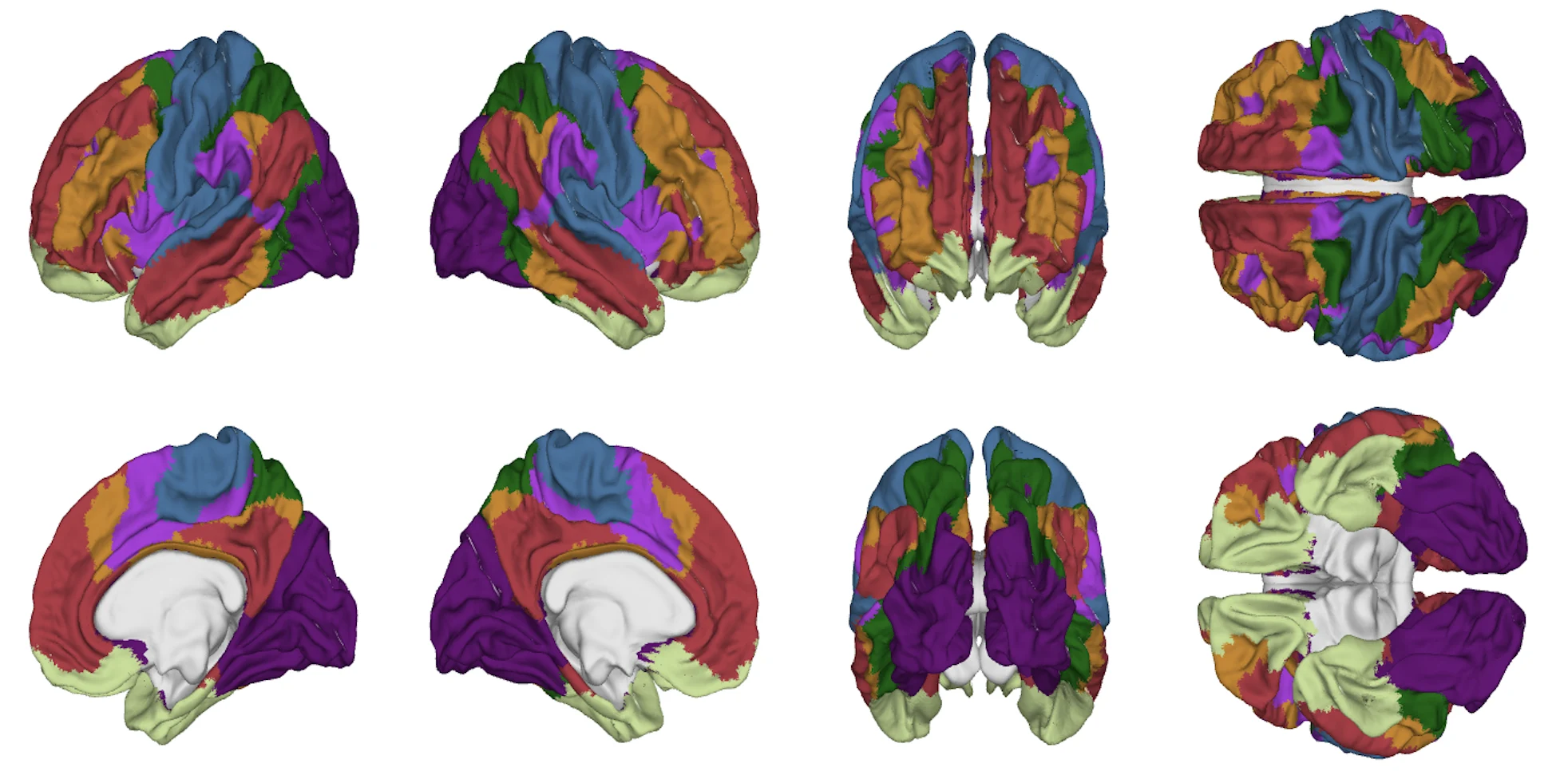In this semilab we will learn how the current state of science allows neuroscientists to visualize the insides of our skulls.
Our primary conceptual jump will be the switch from pixels (picture + elements) of conventional image processing to the voxels (volume + elements) of the 3D images.
In the first, preparatory, part of the course, we will learn the physics of magnetic resonance imaging (MRI).
The second part will briefly cover the anatomy of the human brain.
In the following, main, part of the course, we will work with current image-processing algorithms using publicly-available head MRI datasets. We will learn to separate (i) the brain from the rest of the head, (ii) the more evolutionarily recent cortex from the much older subcortex, and (iii) the gray matter (the neurons) from the white matter (the communication highways).
We will learn how gray matter "thickness" and the amount of folding can be computed.
While visualizing all of these, we will also learn to segment the brain into its constituent parts: lobes, cortices, gyri and sulci and other finer-detailed structures.

